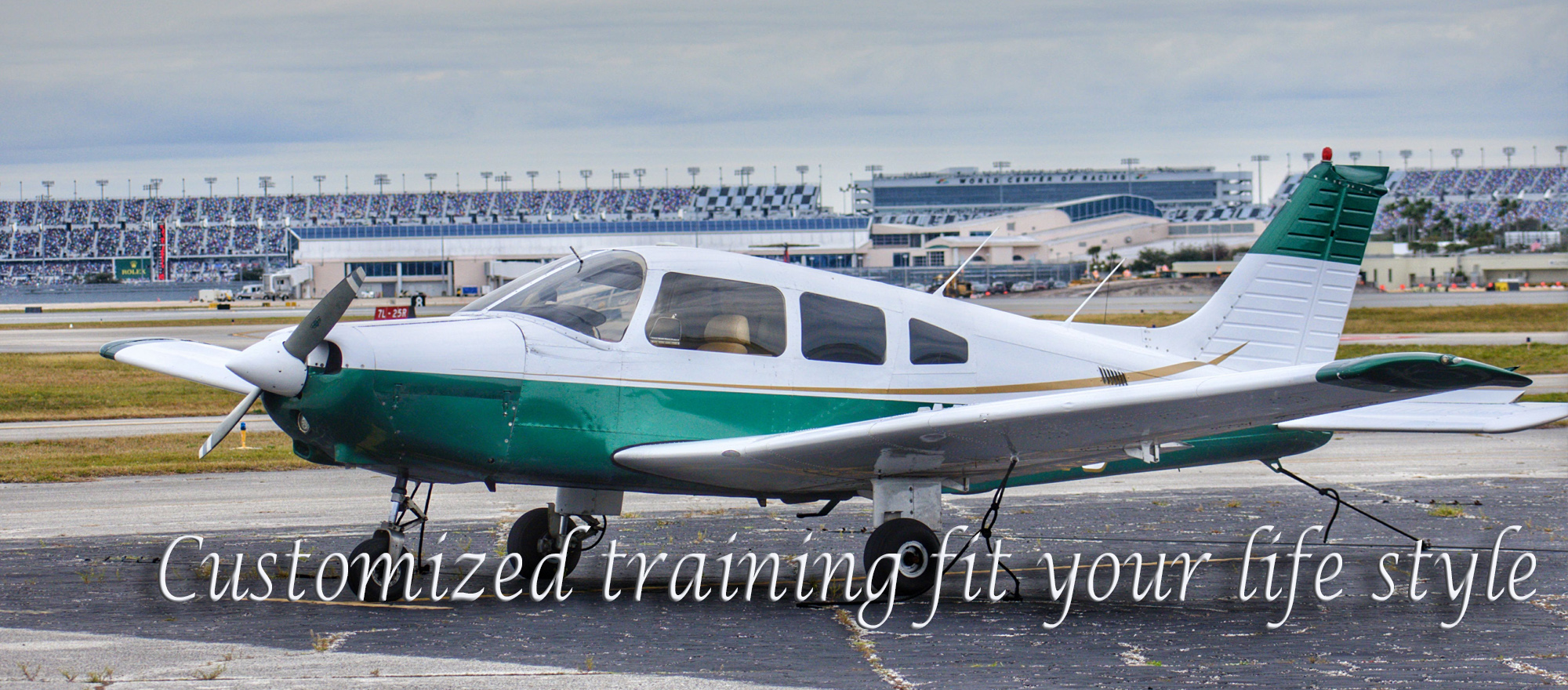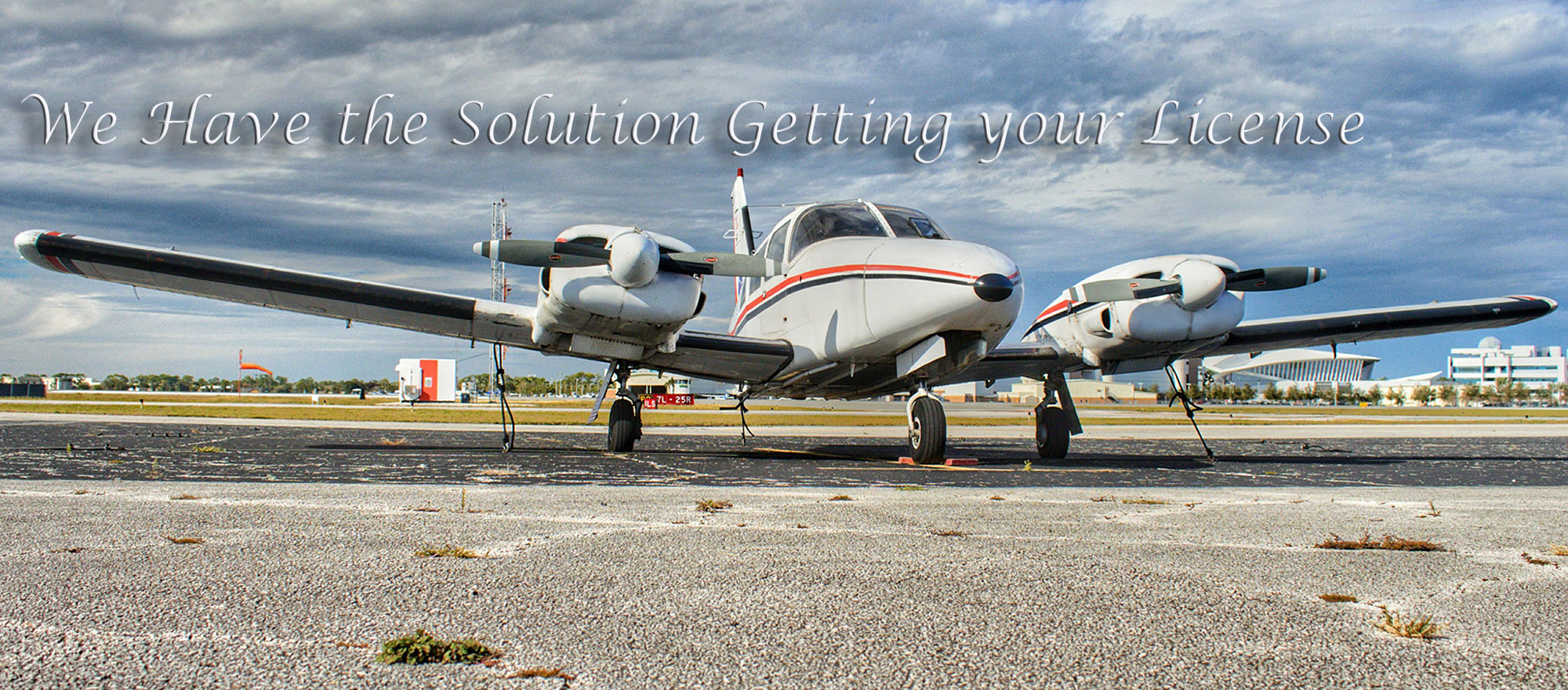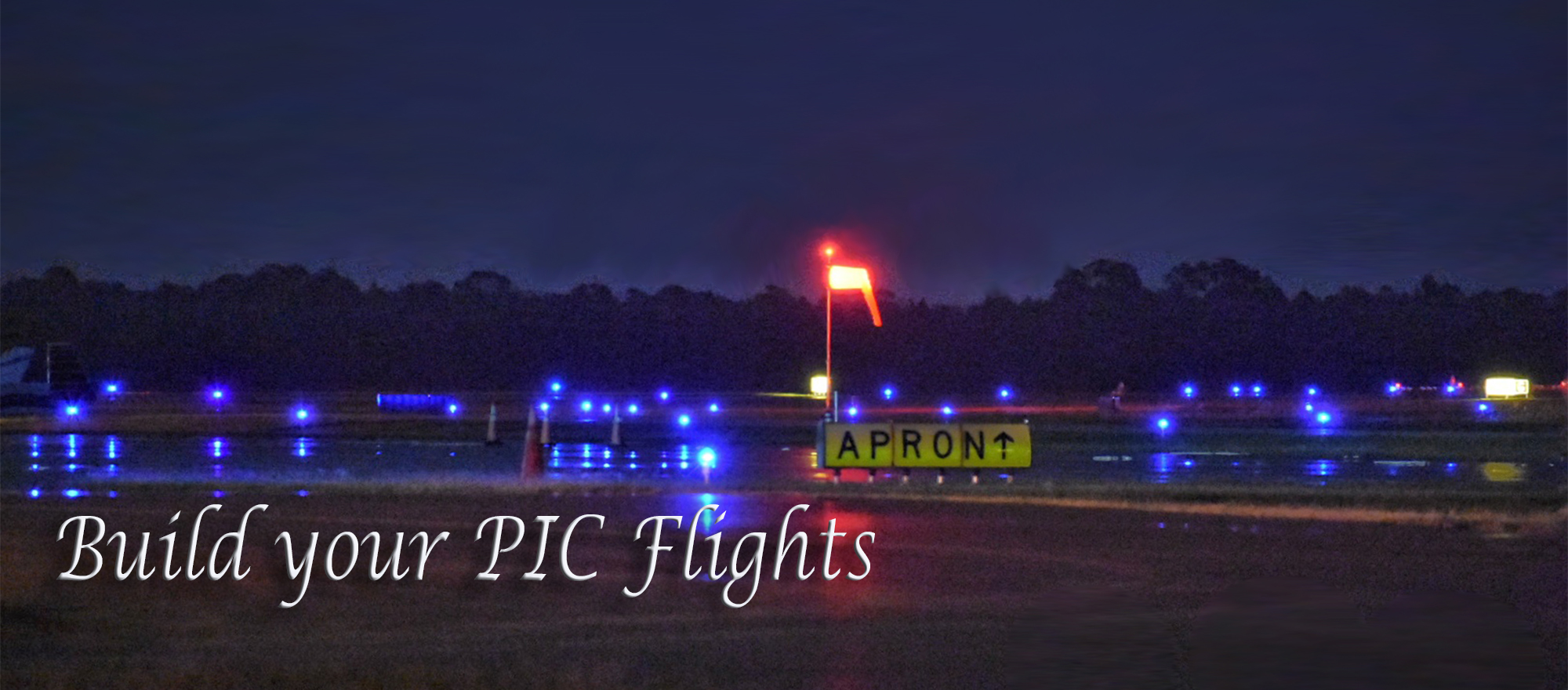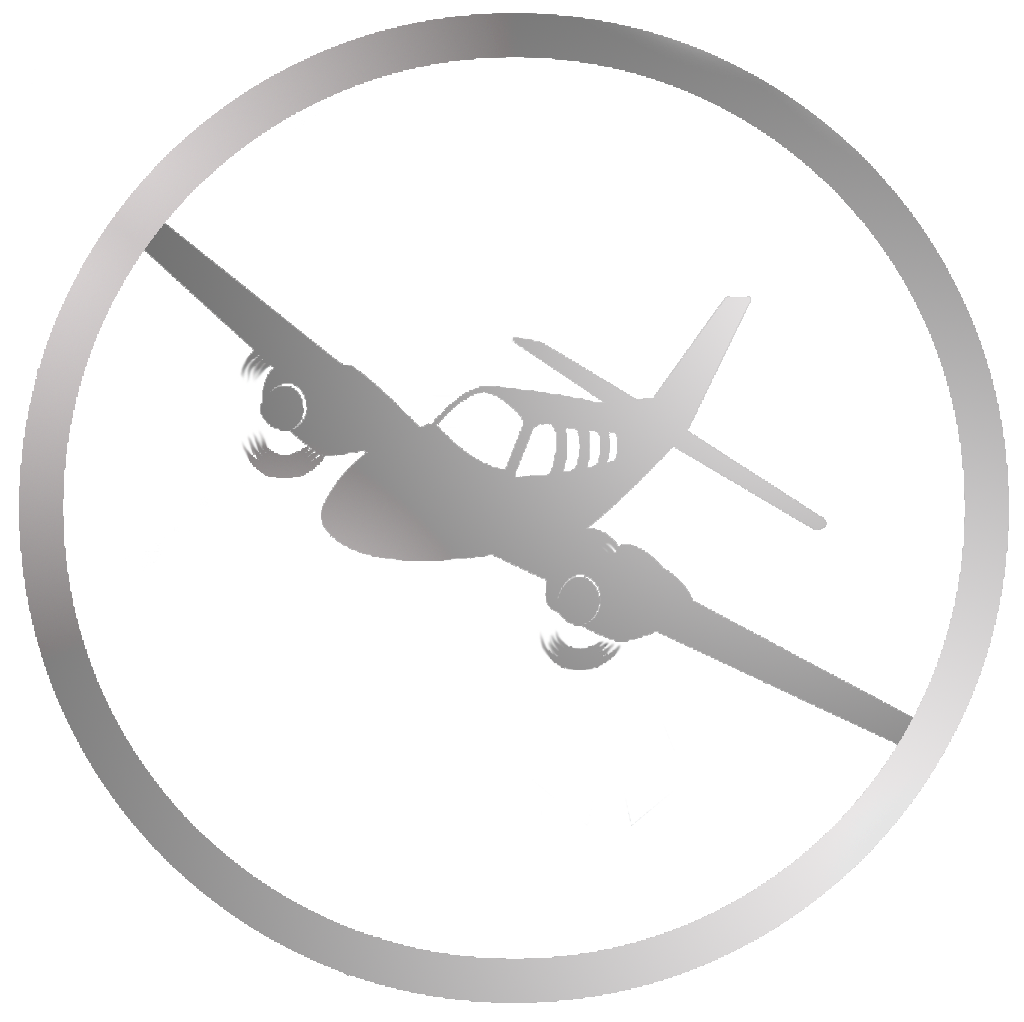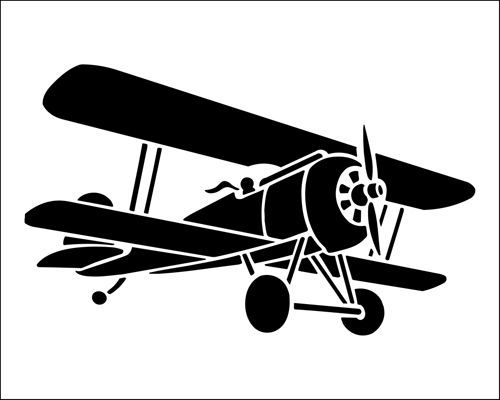Climbs and Descents, Conquering the Vertical
Conquering the Vertical: A Pilot's Guide to Climbs and Descents
For pilots, the magic of flight isn't confined to soaring through level skies. Mastering climbs and descents unlocks the freedom to explore the third dimension, navigating the vertical world with precision and control. This guide equips you with the knowledge and techniques to conquer climbs and descents with confidence, whether you're a seasoned aviator or a student pilot yearning to reach new heights.
Understanding the Art of Ascent and Descent:
Climbing and descending are maneuvers that alter the aircraft's altitude. While seemingly straightforward, they require a careful balance between power, pitch, and airspeed for optimal performance and safety.
The Power of Climbs:
There are various types of climbs used for different purposes:
- Best Rate of Climb (Vy): This climb achieves the highest altitude gain in the least amount of time, ideal for en route climbs to cruising altitude. Vy is achieved by setting a specific engine power setting and maintaining a specific airspeed.
- Best Angle of Climb (Vx): This climb provides the greatest vertical gain for the least horizontal distance, useful for obstacle clearance during takeoff or emergency situations. Vx is achieved by setting a specific pitch attitude and maintaining a specific airspeed.
- Cruise Climb: A gradual climb to cruising altitude while balancing speed and fuel efficiency.
Descending with Precision:
Descents also come in various forms:
- Glide Descent: A descent using engine power at idle, maximizing fuel efficiency but limited by the glide ratio of the aircraft.
- Power Descent: A controlled descent using engine power to maintain a desired descent rate, often used for approach and landing sequences.
The Science Behind the Climb and Descent:
Understanding the interplay of forces is crucial for safe and efficient climbs and descents:
- Thrust: Engine power provides the thrust required for climbing. Adjusting power settings allows you to control your climb rate.
- Drag: Air resistance acting against the aircraft. Minimizing drag during climbs improves climb performance.
- Lift: The force generated by airflow over the wings, keeping the aircraft airborne. Maintaining adequate lift is crucial throughout climbs and descents.
- Weight: Gravity's constant pull acting downwards. Understanding your aircraft's weight is essential for calculating climb and descent performance.
The Pilot's Touch: Utilizing the Controls
Pilots rely on various controls to manage climbs and descents:
- Throttle: Controls engine power, directly affecting climb rate in climbs and descent rate in descents.
- Elevator: Controls pitch attitude. Raising the elevator pitches the nose up for climbs and lowering it pitches the nose down for descents. However, excessive pitch changes can affect airspeed.
- Trim Tabs: Fine-tune the aircraft's balance, allowing for hands-free maintenance of a desired climb or descent attitude.
Mastering the Scan: Maintaining Situational Awareness
While focusing on climb and descent procedures, maintaining situational awareness is paramount:
- Instrument Scan: Continuously monitor key instruments like the altimeter, airspeed indicator, and vertical speed indicator (VSI) to ensure you're maintaining the desired climb or descent profile.
- Visual Reference: Maintain visual reference points on the ground or horizon to verify climb angle and avoid spatial disorientation.
- Communication: Maintain clear communication with ATC, especially during approaches and descents in controlled airspace.
Beyond the Basics: Refining Your Skills
Mastering climbs and descents opens doors to further exploration in the world of aviation:
- Crosswind Climbs: Understanding techniques for maintaining proper climb performance in crosswind conditions.
- Go-Around Procedures: Knowing how to initiate a safe go-around maneuver if a landing is not achievable.
- Emergency Descents: Practicing emergency descent procedures in case of engine failure or other in-flight emergencies.
Remember: Climbs and descents are fundamental maneuvers in every flight. By understanding the principles of power, pitch, and airspeed, coupled with proficient use of controls and constant vigilance, you'll transform yourself from an earthbound pilot into a skilled aviator, ready to navigate the skies with confidence and control. So, the next time you take to the skies, remember, the power to ascend and descend unlocks a whole new dimension of flight.

